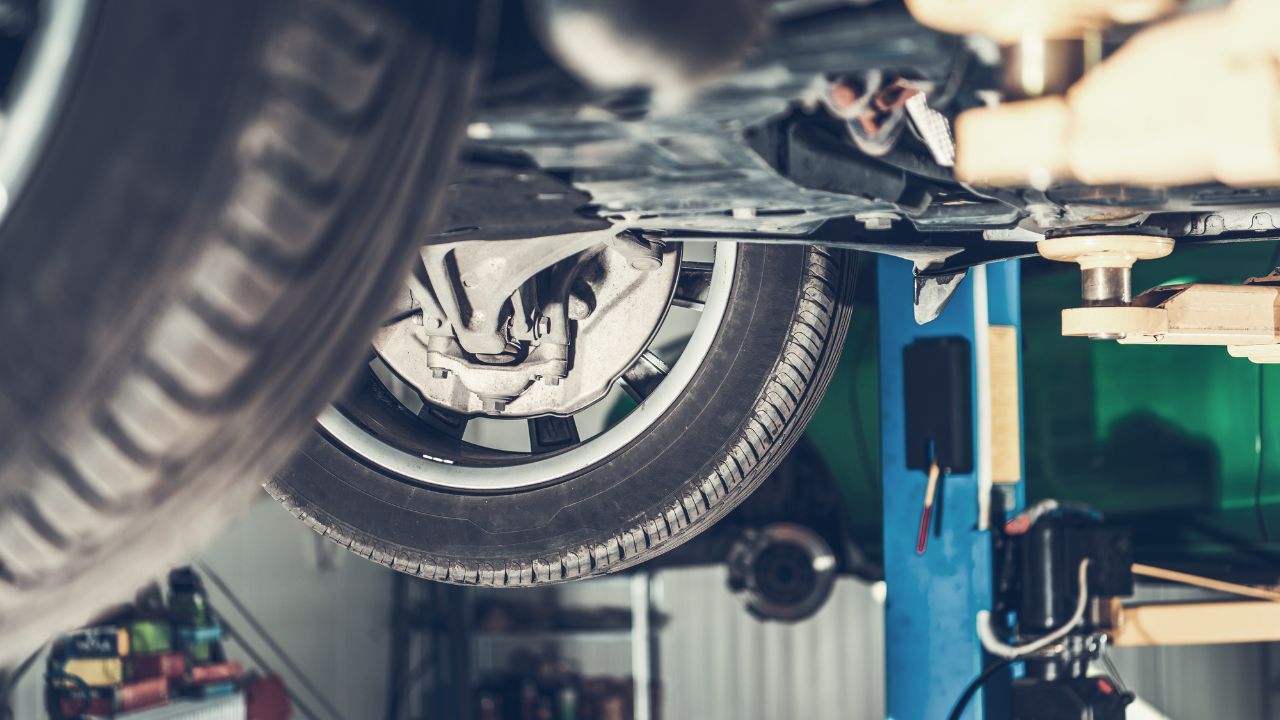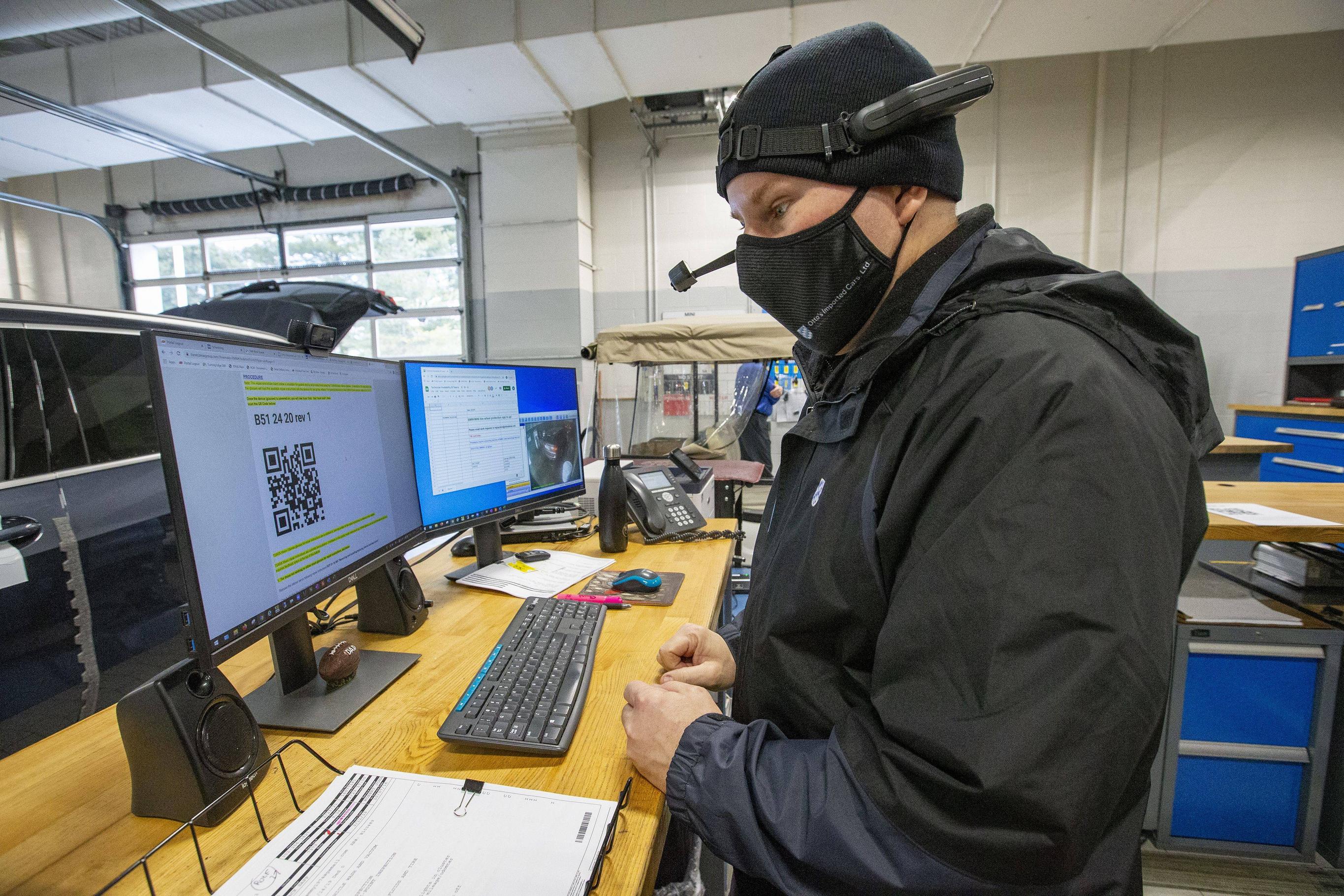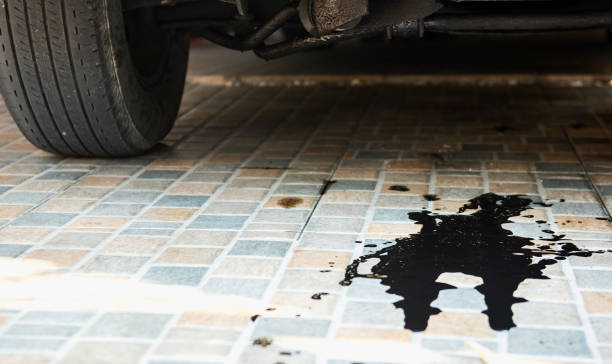
This article will guide you through how to clean and replace the side mirror of your car if it's hanging down. You'll be able to have a perfectly functioning side mirror if you follow the steps in this article. Once the cover is removed, you can easily re-attach it using clips. If you're not comfortable with the process, you can always ask your car dealer for help.
Repairing a side view mirror
There are several steps you should follow if you want to fix a hanging side-view mirror. First, remove the mirror from the vehicle. This can be done by removing the trim. You might need to unplug any wiring connectors that allow the mirror to be adjusted electrically. These steps can be used to replace a broken mirror. Before you replace the mirror, make sure you measure the space where it hangs.

Cleaning a side view mirror
If you have a hanging side view mirror in your car, you may wonder how to clean it properly. It isn't difficult to clean a side view mirror if you follow these steps. First, remove all debris from the housing to clean the mirror. To remove small pieces, you can use a flathead drill driver. Do not touch the glass.
Side view mirror replacement
It is easy to replace a side-view mirror hanging from a hook. Most mirrors should be removed from the housing, but not the mirror. Once you have removed the mirror you will need to prime it using a plastic compatible primer. After that, hang it in dust-free place. You can paint it once the primer and clear coat are dry. To achieve a permanent finish, be sure to read the instructions for spray paint.
Reattaching a Side View Mirror
To attach a side-view mirror hanging from a hook, first remove the cap. Next, locate and disconnect the electrical connectors that connect to the mirror. You can gently pull out the connectors with pliers. Finally, you can remove the mirror form the door panel. The mirror can be reattached to the door panel with the new clips. Finally, you can test the function of the new mirror.

Buy a new side-view mirror
A new side view mirror may be an option to replace a damaged one. This might be a better option if the mirror is hanging from the T-bone. These parts can often found on eBay. Make sure that your mirror matches the model and options on your vehicle. Some mirrors may have heated functions and integrated turn signals. You should secure the mirror before you install it if it seems to be hanging or loose. It can be tedious to put it back in place and could cause damage to your car's paint.
FAQ
What length is an automotive mechanic apprenticeship?
It takes approximately three years to complete an automotive mechanic apprenticeship. It includes two years of school and two years as an apprentice. The first year teaches you all aspects, from theory to practical skills and safety procedures. This year, you will also learn how to safely and efficiently use tools. After the completion of the first year, you will spend another year on the job training. Here you'll gain valuable experience in different trades. These periods will also give you the chance to take formal courses.
The last year of your program will be spent earning qualifications and becoming certified. These include NVQs, which are obtained after passing industry-specific exams. You can also get HNCs (Higher National Certificates), that cover subjects such as customer service, business administration, management, and business administration. For those interested in pursuing certain trades, City & Guilds certificates are available.
What qualifications are necessary to become a truck driver mechanic?
Although you don't need to have any formal qualifications, your experience working with trucks and engines is invaluable. You are a valuable asset as you can quickly diagnose and solve problems efficiently.
A solid understanding of diesel technology is also a plus. This will help you understand the components that are needed to fix our vehicles.
How can I fix my car as a hobby?
Why not make it a hobby if you're interested in cars? You can learn to fix them, buy them parts, and even sell them. It would make a great pastime if you're looking for something different to do.
It isn't easy to turn it into a full time job. This requires dedication and hard work. And you'll need to invest a lot of money too.
So unless you have a good reason for wanting to get involved with cars, then it might be best to leave it alone.
Statistics
- The U.S. Bureau of Labor Statistics (BLS) reports that the job outlook for automotive service technicians and mechanics is expected to decline by 4% from 2019 to 2029. (indeed.com)
- There were 749,900 jobs available for automotive service technicians and mechanics in 2016, which is expected to grow by six percent through 2026. (jobhero.com)
- According to the BLS, the median annual salary for automotive service technicians and mechanics in the United States was $44,050 in May 2020. (uti.edu)
External Links
How To
How to correctly diagnose your vehicle for repairs
To determine if your car needs repairs, you should first look at the symptoms that your car presents. These steps will help you diagnose your car properly.
-
Check engine lights. Check the dashboard light indicators such as the engine light indicator, the oil pressure gauge, the battery light indicator, the coolant temperature gauge, and the RPM gauge. If any of them have been flashing for several days, it may mean something is wrong with your vehicle.
-
Inspect the tire treads. Tire wear can lead to problems in handling and brake performance. Also, inspect the treads of your wheels. They should be clean and smooth. This can be done by removing the wheels from the vehicle and taking them off. You can check the tread wear with a flashlight.
-
Observe the brake fluid level. It is important to keep track of how much brake fluid you have in your car. This will ensure that your brakes run smoothly. If the brake fluid level is low, your brakes might fail when you apply pressure to them.
-
Check the suspension system. Vehicles usually have a suspension system that helps absorb shocks and vibrations while driving. It gives you better control and allows for smoother accelerations and decelerations. It might feel uncontrollable or wobbly if your vehicle is suffering from a suspension problem. If you are unsure if your vehicle is suffering from a suspension problem, put weight on the front and rear axles to check the movement.
-
Examine the steering column. Steering columns are used to connect the steering wheel to the rest of the vehicle's components. The steering column can often be damaged by an accident. It is recommended to replace any steering column that feels loose, or shakey.
-
Observe the exhaust pipe. Exhaust pipes help move gases from the combustion chamber to the atmosphere. If the exhaust pipe is damaged or leaks, harmful fumes can enter your cabin. Additionally, your tailpipe should be fixed immediately if it is bent.
-
Take a look at the underside of your hood. Take a look underneath the hood to find any strange or unusual items. You could have fluids leaking from the engine. You should also contact a professional technician if there is an unusual odor coming from the engine compartment.
-
You should inspect your air filter. Your vehicle's air filter collects dust and debris from the outside environment. Your vehicle will run less well if it has a dirty filter. Replace your air filter regularly.
-
The fan belt should be checked. Your vehicle's fanbel connects the engine and transmission. If the fan belt is damaged, the engine won’t turn. It is easy to replace the belt. All you need is a screwdriver and some pliers.
-
You should inspect the radiator and hoses. The radiator-hose carries water to the engine. If it becomes cracked or damaged, it can leak hot liquid onto the engine. To repair the hose, you will only need to use a pair needle-nosepliers and a wire brush.
-
The windshield wipers should be checked. Windshield wipers work by using electricity to remove rain and snow. If they stop working, they could leave streaks on your window glass. Change the washer fluid to fix the problem.
-
Verify the condition of your battery cables. The battery cables provide power for the electrical systems in your car. When you replace batteries, make sure to disconnect the negative cable first. Failure to do so can damage your alternator.
-
Pay attention to your headlights. Headlights help you see the road ahead. Bad visibility can be caused by headlights that don't work correctly. You can check the bulbs to make sure they aren't burned out.
-
Make sure you have your lights on. If you approach other drivers at night, lights will warn them. One that doesn't work could cause you to be distracted, and possibly lead to an injury.
-
Check your brakes. Brakes slow down your vehicle before a collision. If they aren't working correctly, you could lose control of your car and crash.
-
Change the oil. Oil keeps your engine lubricated. It prevents metal parts from rusting too quickly. It is recommended to change the oil each month.